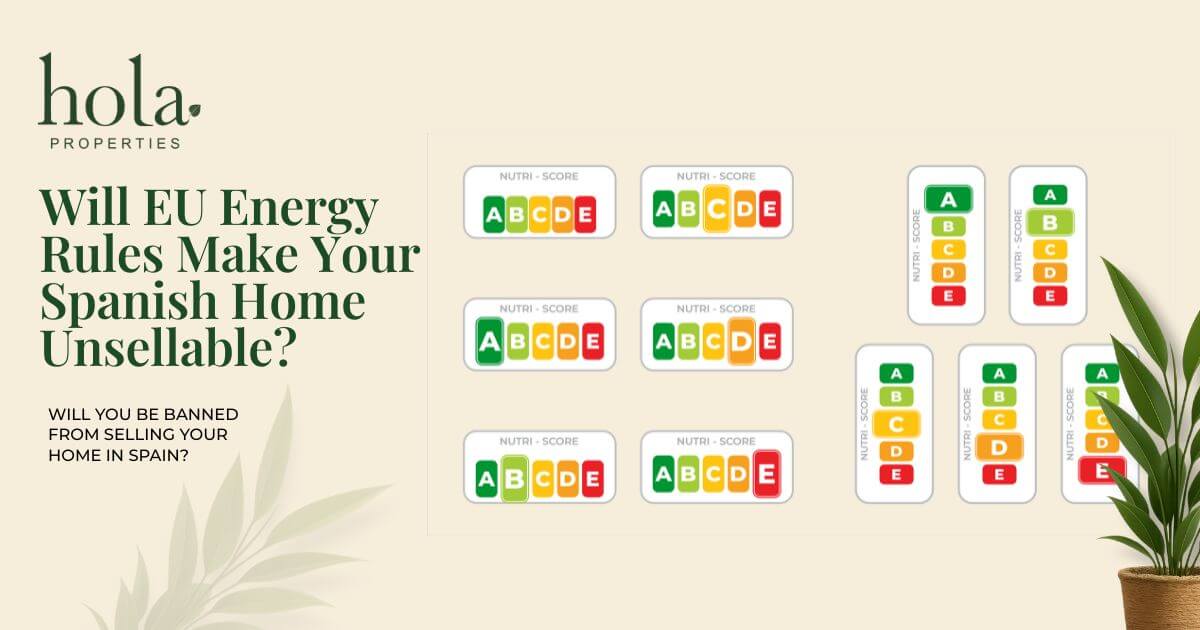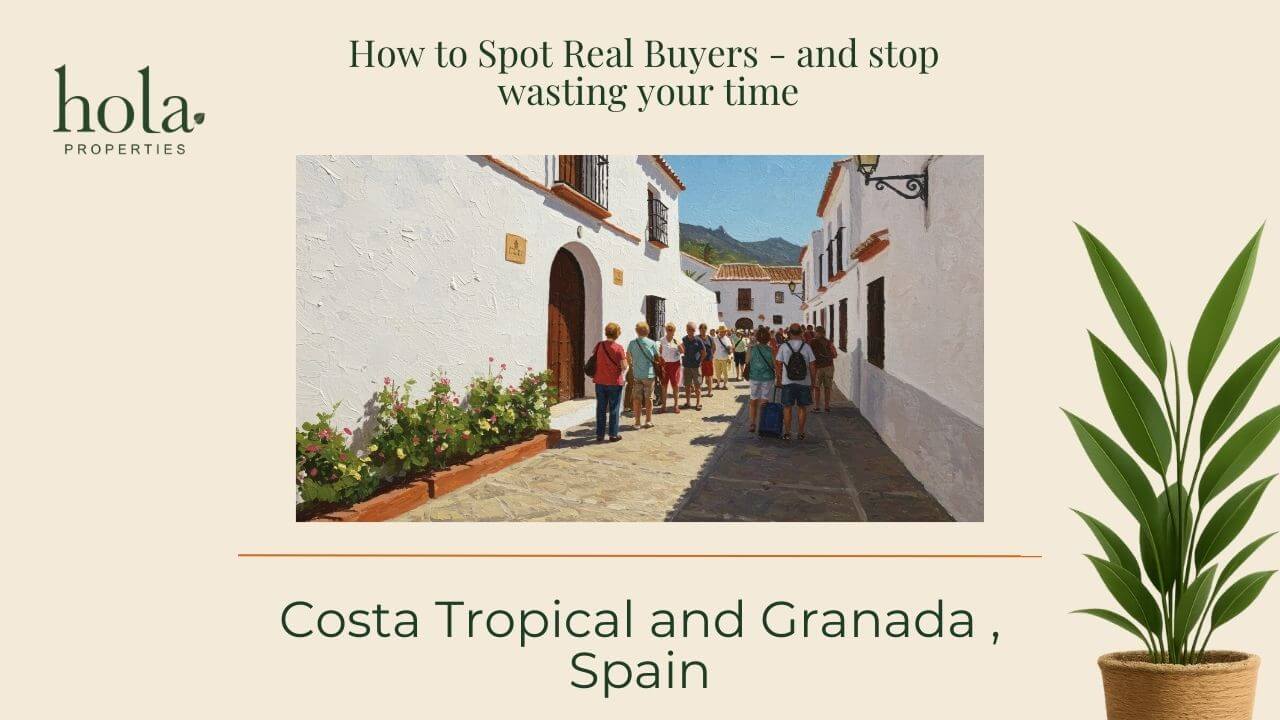A quiet change in Brussels could soon have a very loud impact on Spanish homeowners. From 2030, properties with the lowest energy ratings (F or G) may no longer be legally sold or rented. By 2033, the minimum requirement rises to a D rating.
For buyers, this means greater confidence in running costs. For sellers, especially those with older cortijos and village houses across Granada’s hills, it could mean significant renovation bills.
What’s changing?
Until now, Spain’s energy efficiency certificate has been little more than a colourful chart in property ads. Buyers often ignored it. Sellers rarely worried about it.
That will change. Under the EU’s new directive, any property below an E rating will effectively be locked out of the market. You won’t be able to sell, rent, or list it for holiday lets.
Why Granada and the Costa Tropical is especially exposed
The Costa Tropical and inland villages are rich in character properties:
– Whitewashed houses with single-glass windows.
– Cortijos with thick stone walls but little insulation.
– Flats built in the 1960s–80s with outdated boilers.
Many of these score F or G on energy tests. Without upgrades, they risk becoming “stranded assets” — owned but unsellable.
The cost of compliance
Typical upgrades might include:
– Double-glazed windows and improved insulation.
– Modern heating or cooling systems.
– Solar panels or heat pumps.
Renovations can run from €15,000 to €50,000+, depending on property size. While grants may be available, the process is bureaucratic and evolving — worth checking with your gestor or town hall.
What it means for sellers now
Whilst it is already a legal requiremetn to have an energy certificate available when your property is being marketed for sale, if you’re considering selling within the next 5–7 years, timing matters. A home rated F or G today may still find a buyer. In 2030, that buyer pool could vanish.
Accurate pricing is also critical. Buyers are already asking about energy costs, and many will factor in renovation expenses when negotiating.
At Hola Properties, we run legal and technical checks before listing. That includes reviewing the energy certificate and advising whether improvements or pricing adjustments make sense.
A smarter approach for buyers
For international buyers relocating to the Lecrín Valley, Alpujarra, or coastal towns like Salobreña, these changes offer reassurance. By 2030, the market should be cleaner, more transparent, and easier to compare. But right now, buyers should:
– Ask directly for the energy rating.
– Budget realistically for eco-upgrades.
– Consider the long-term running costs, not just the purchase price.
Don’t wait for 2030’s “eco deadline”
The 2008 crash taught Spanish property owners how quickly rules can reshape the market. This time, it won’t be bank lending but energy law that decides what sells and what sits idle.
If you own a cortijo or village home in southern Granada and are unsure of its energy rating, get clarity now. Waiting until 2030 could mean the difference between a smooth sale and an unsellable asset.
See more market insights and guides on how upcoming rules could affect property values across southern Granada.https://holaproperties.com/articles/

Curious what your property could sell for today? Call +34 858 215 333 or visit holaproperties.com for a friendly, no-pressure chat.
Subscribe for weekly local market insights and real video tours: Hola Properties YouTube




